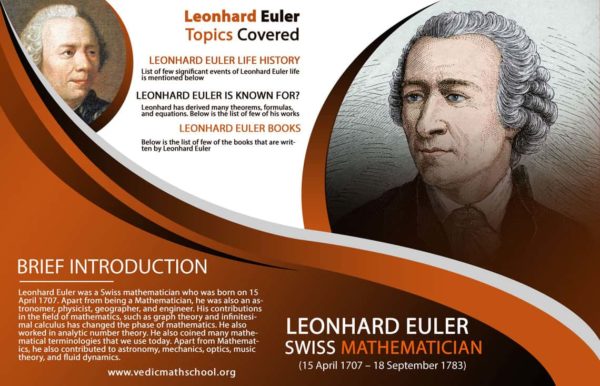

Two curves that overlap represent sets that intersect, that have common elements the zone inside both curves represents the set of elements common to both sets (the intersection of the sets). Curves that do not overlap represent disjoint sets, which have no elements in common. Each curve divides the plane into two regions or "zones": the interior, which symbolically represents the elements of the set, and the exterior, which represents all elements that are not members of the set. How or whether these shapes overlap demonstrates the relationships between the sets. Since then, they have also been adopted by other curriculum fields such as reading as well as organizations and businesses.Įuler diagrams consist of simple closed shapes in a two-dimensional plane that each depict a set or category. In the United States, both Venn and Euler diagrams were incorporated as part of instruction in set theory as part of the new math movement of the 1960s. The first use of "Eulerian circles" is commonly attributed to Swiss mathematician Leonhard Euler (1707–1783). Unlike Venn diagrams, which show all possible relations between different sets, the Euler diagram shows only relevant relationships. They are similar to another set diagramming technique, Venn diagrams. They are particularly useful for explaining complex hierarchies and overlapping definitions. The views expressed are those of the author(s) and are not necessarily those of Scientific American.An Euler diagram showing the relationships between different Solar System objectsĪn Euler diagram ( / ˈ ɔɪ l ər/, OY-lər) is a diagrammatic means of representing sets and their relationships. Check out Klyve and Stemkoski’s article for more about the history of the problem from Euler through work in the decades following the conjecture’s “spoilage.” For more about Shrikhande himself, read this article by Nithyanand Rao, written on the occasion of Shrikhande's 100th birthday. A paper about Greco-Latin squares by Dominic Klyve and Lee Stemkoski notes that Greco-Latin squares (and higher-order similar squares, with not just two but three or more symbols per box in the array) could be used to set up experiments where a number of different test subjects need to compare their performances on several different tests. Greco-Latin squares are mostly just fun, but they have some surprising practical applications as well in designing science experiments. They earned the moniker “Euler’s spoilers.” (For it to work, you need to know that Euler is pronounced like “oiler,” not “yooler.”) The picture at the top of this post is a colorful example of a Greco-Latin square of order 10. But their techniques did not work for orders that had exactly one factor of 2, like 2, 6, and 10, so they did not resolve the question for larger numbers of the form 4 n+2.įinally, in 1959, Shrikhande, Raj Chandra Bose, and Ernest Tilden Parker cracked the code, publishing several papers that resolved the conjecture fully, not only showing that Greco-Latin squares of orders 10, 14, 18, and so on exist, but also producing constructions of them in some dimensions.

For example, a Greco-Latin square of order 4 and one of order 3 could be combined to form one of order 12. Researchers developed ways to construct Greco-Latin squares of certain orders based on squares of smaller orders. A 1901 proof by Gaston Tarry is the earliest that still survives.) (Danish mathematician Thomas Clausen claimed he had proved it in an 1842 letter, but that proof has been lost.

Rigorous proof that no such square of order 6 took a little longer. No Greco-Latin square of order 2 exists (you can check it for yourself), and Euler tried to make one of order 6 without success, leading him to the conjecture that no Greco-Latin squares of order 4 n+2 exist. Credit: Maksim WikimediaĮuler’s investigations led him to the conclusion that Greco-Latin squares exist for odd orders and orders that are multiples of 4. The Latin letters form a Latin square, as do the Greek letters, and every combination of one Latin and one Greek letter appears exactly once. A 5×5 Greco-Latin square using the first five letters of the Greek and Latin alphabets.


 0 kommentar(er)
0 kommentar(er)
